Now that the idea of a circular economy is gaining traction among economic experts it’s time for consumers to adjust their thinking on how they view the products they buy. Indeed according to a study by McKinsey 71% of customers have expressed a greater interest in circular business models
Instead of looking at the linear – TAKE → MAKE → USE → DISCARD – model, we’re beginning to apply a circular sensibility to everything. While this requires a collaborative approach from shoppers, brands and suppliers alike, the will is already apparent. Fashion resale is booming closely followed by rental but there is also a growing repair and refurbishment service market. Consumers are moving away from the disposable clothes of fast fashion brands and looking for lifetime love. Pieces to cherish that don’t fall apart or look dated after a few wears. Garments made with care from quality materials can be mended or easily recycled. And importantly, this increases the revenue stream of the garment as it can be bought and sold multiple times. Not only does this have huge potential to greatly reduce the carbon footprint of the item it also lowers the original price point which opens the market to price sensitive consumers.
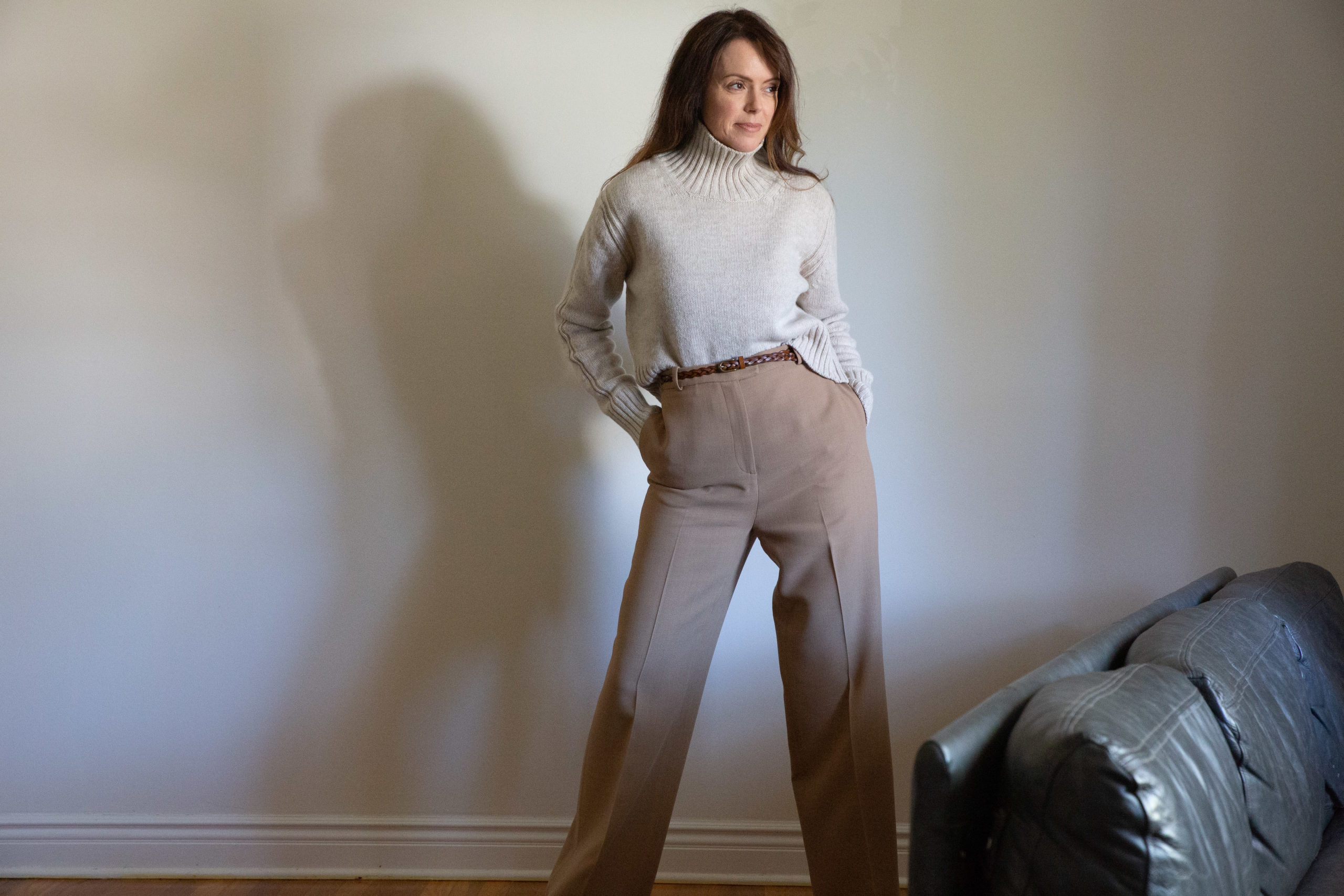
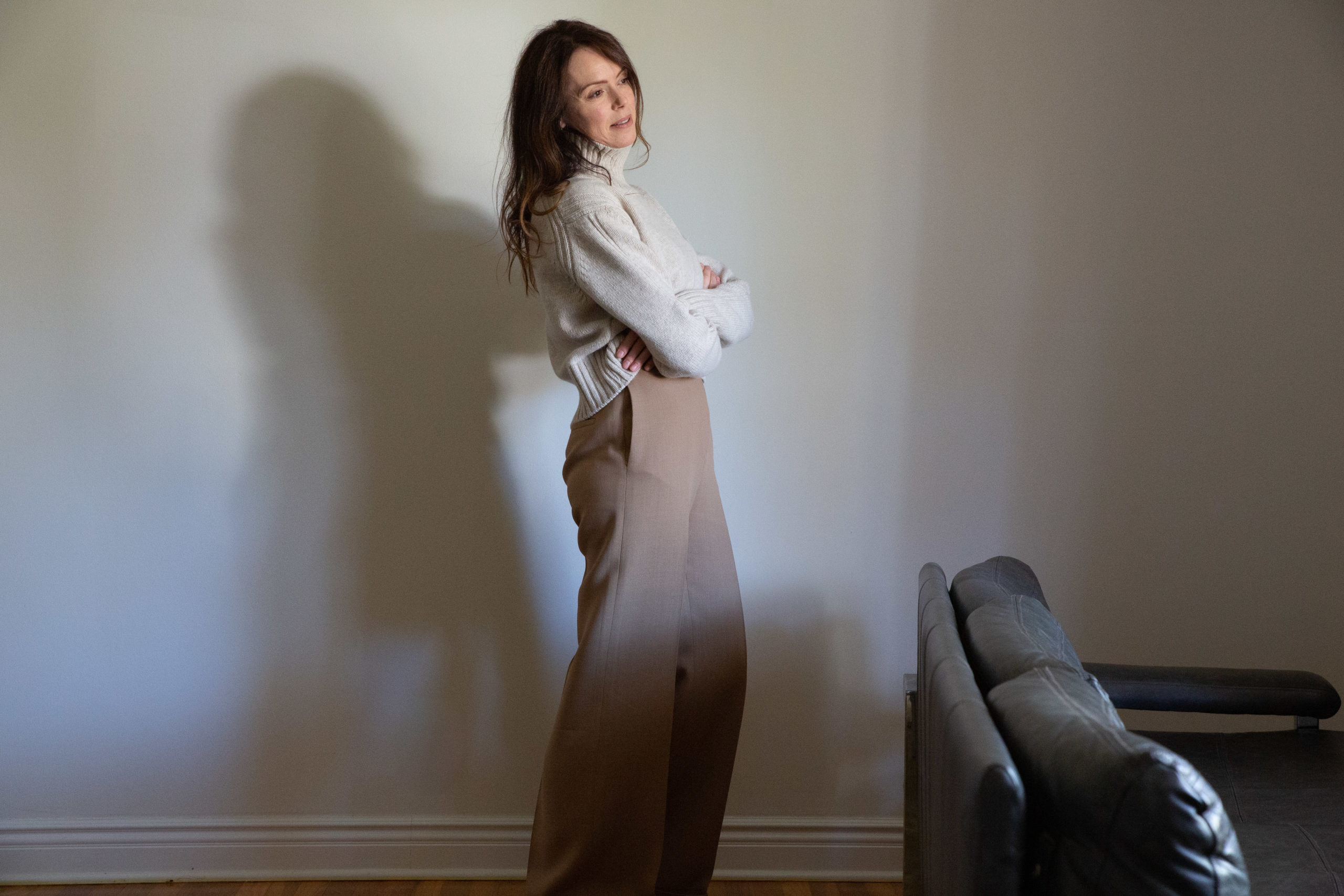
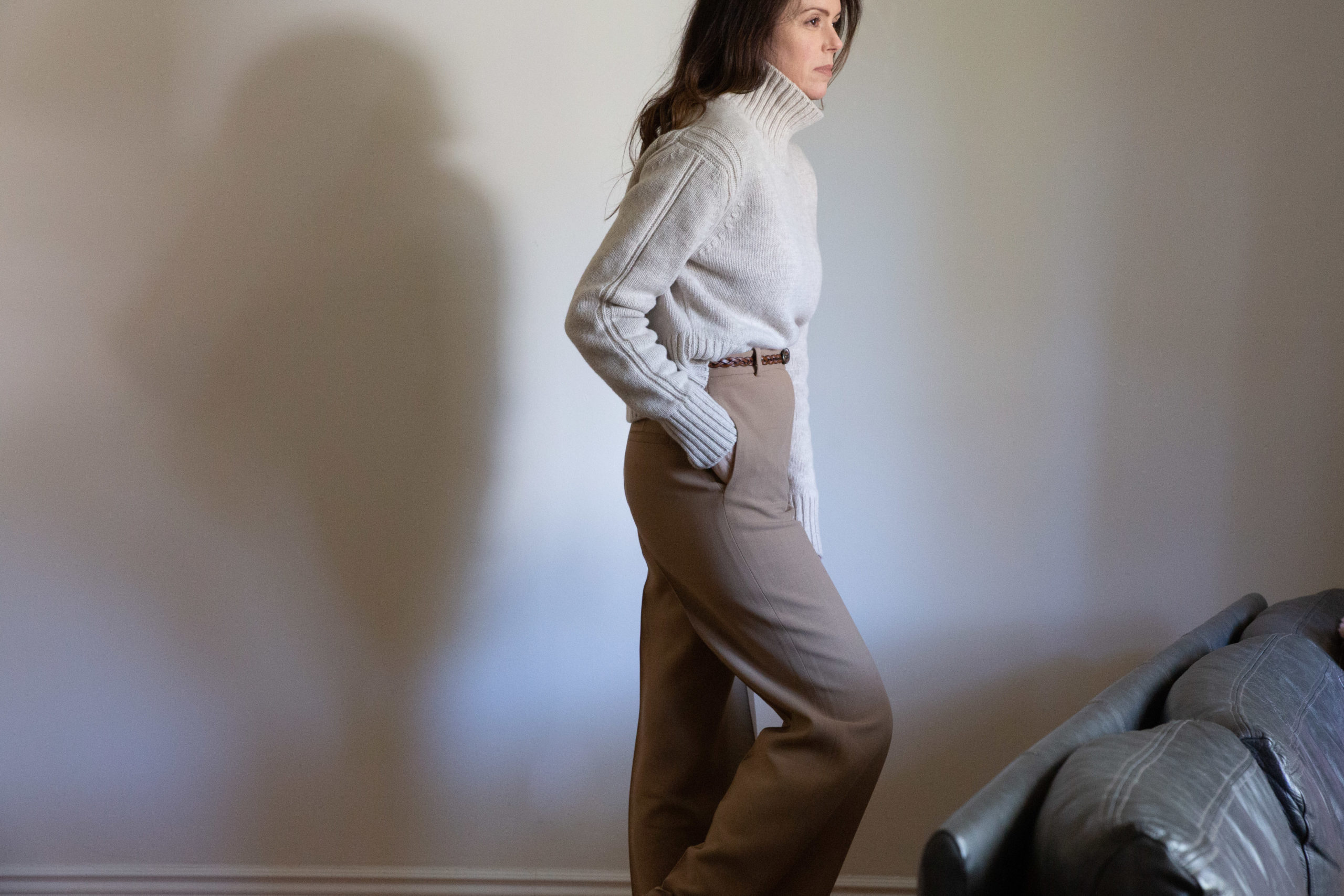
WOOL FROM FARM TO FASHIONISTA
The Earth-conscious designer will have a comprehensive plan for each garment from the moment of its conception. They’ll know where, how and who farmed the fibres that make the material, working all the way through the supply chain to its end of life. In order to close the loop for circularity, many brands now offer a take back, repair or resale service too. While the onus should absolutely be on the brand, it’s also a little bit on us too. So it’s important to consider where our clothing comes from, right back to the beginning before it was born.
As an example, let’s use the jumper I’m wearing today. It didn’t start life as a jumper. It didn’t even start life as wool. It started life as a sheep. You see where this is going?
My beautiful pure wool cropped sweater is from a small British label called &Daughter. The self proclaimed slow knitwear brand is a father and daughter venture, hence the name, that promotes the permanence of it’s pieces. This is the new type of fashion that overrides trends and even seasons. Each piece is considered a loved, lifetime investment and comes from small batch making. The fully fashioned process means each section of a garment is knitted individually, hand-linked then hand-finished to achieve the finest possible execution and longevity.
Like all Earth conscious brands, &Daughter keeps its supply chain short and has intimate knowledge of its suppliers practices. To be sure they only work with small scale, local artisans in the protected regions of the Scottish Borders and West Coast of Ireland. &Daughter sources its lambs wool yarn from Z Hinchcliffe and Sons, another family run business with the highest regard for sustainability. This yarn company has been trading since 1776 and is a member of Woolmark which ensures a strict policy of five welfare domains that protect sheep – nutrition, environment, health, behaviour and mental state.
In terms of pollution, Z Hincliffe and Sons is not yet working with natural dyes. However, it does limit the impact of the dying process by not using azo dyes, formaldehyde, carcinogenic, hazardous or allergy inducing products. In addition to dying at lower temperatures they are striving to decrease the carbon footprint energy consumption of the business.
Another knitwear brand creating lifetime pieces is the apropos named Sheep Inc. Co-founders Edzard and Michael decided to entirely bypass sustainability and even carbon neutrality, to create a carbon negative company right from its inception. You’re probably wondering how that’s even possible especially in the fashion industry? The circular approach is about closing the supply chain to create a loop. In order for Sheep Inc. to do that and give back to the planet, they first chose their wool from regenerative farms. These farms carefully manage the integration of flora and fauna on their land, to ensure natural carbon-sequestration that mitigates the traditional impact of farming.
Following that, every additional link in the chain of manufacturing is done with suppliers who have committed to the highest sustainable standards. From running on renewable energy to using innovative manufacturing methods like zero-waste knitting. What’s more, the brand continues it’s mission externally by committing 5% of its revenue into biodiversity projects. These carefully selected projects mitigate, at minimum, ten times the CO2 impact of each sweater’s full life cycle. Read more about the Sheep Inc. projects here.
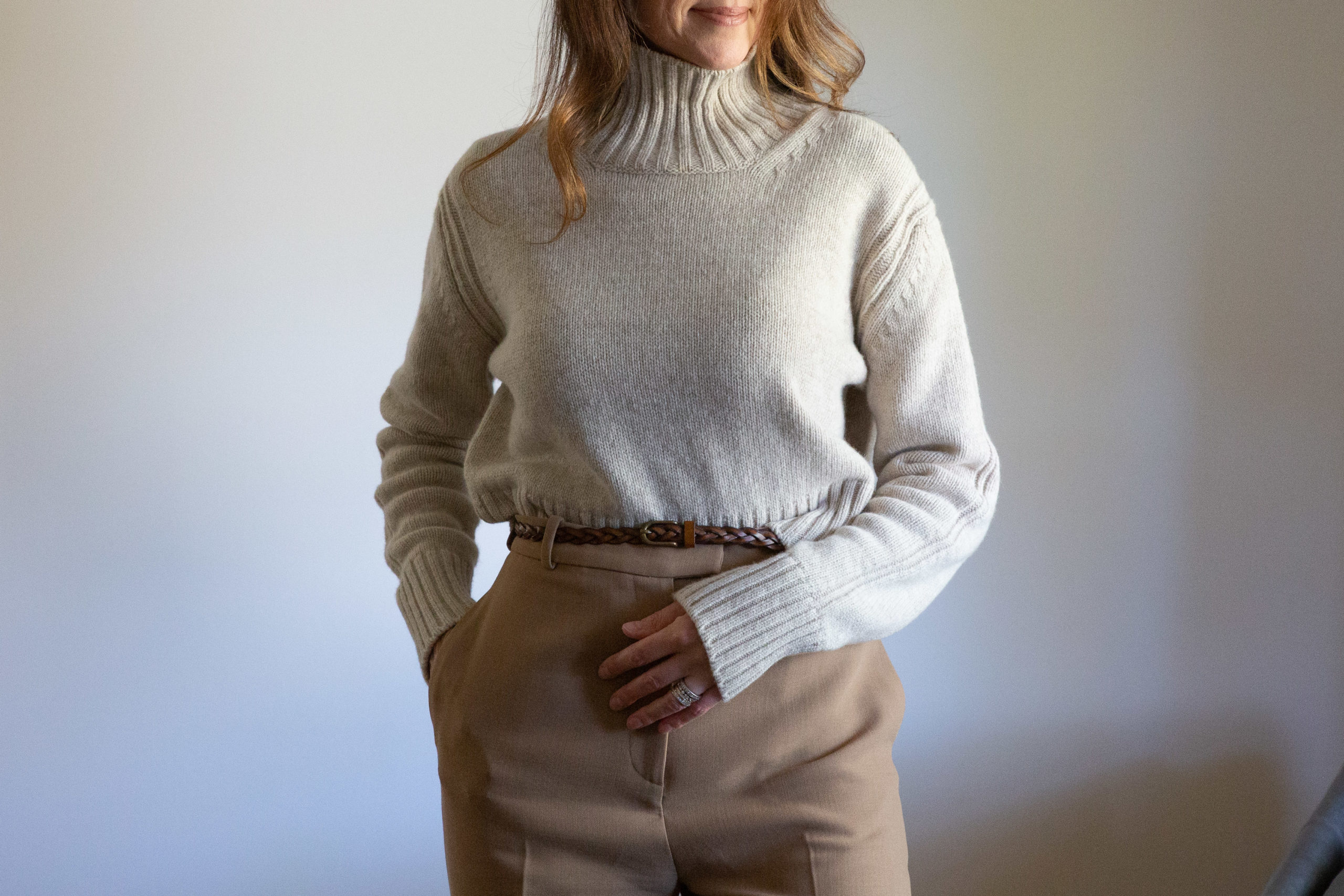
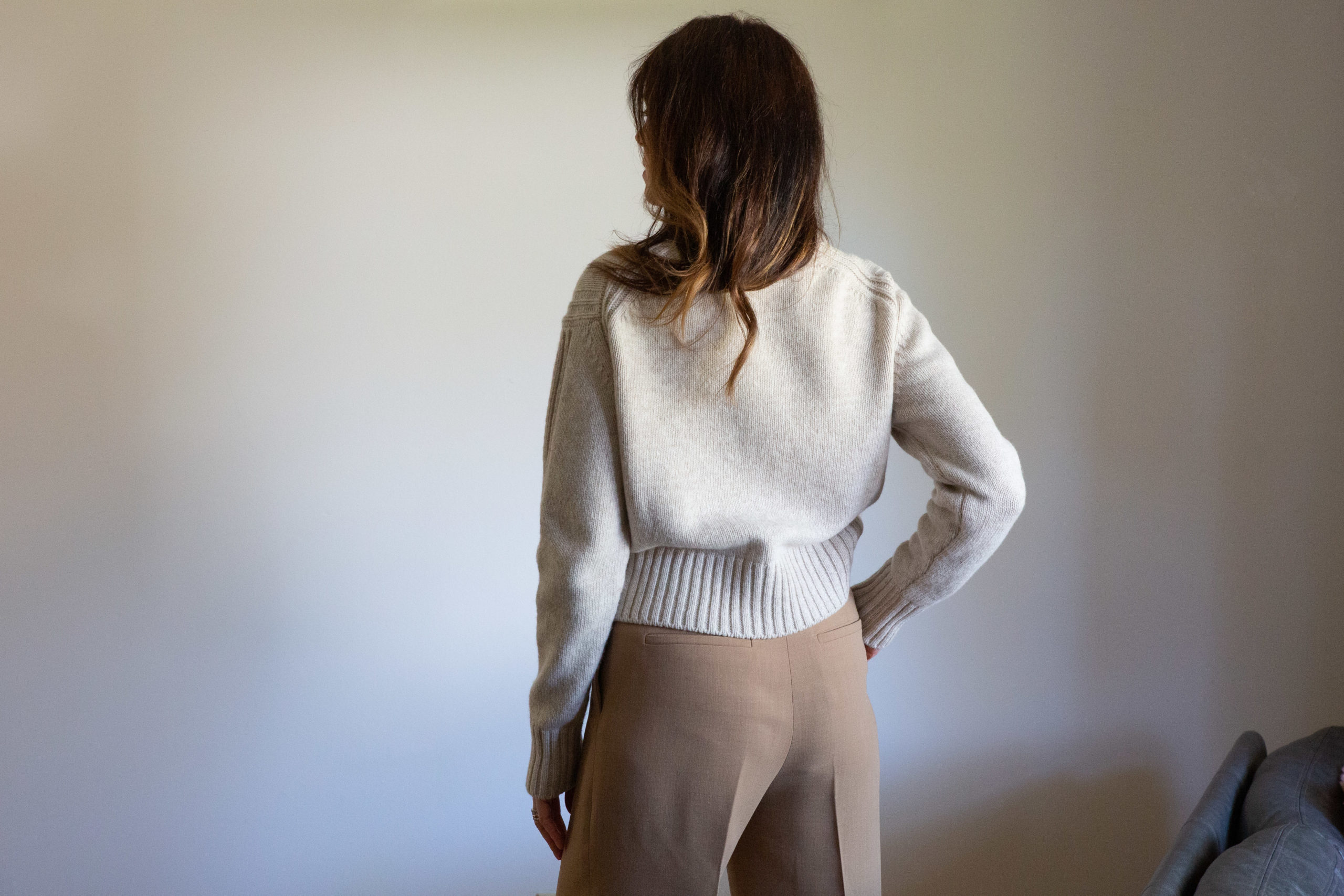
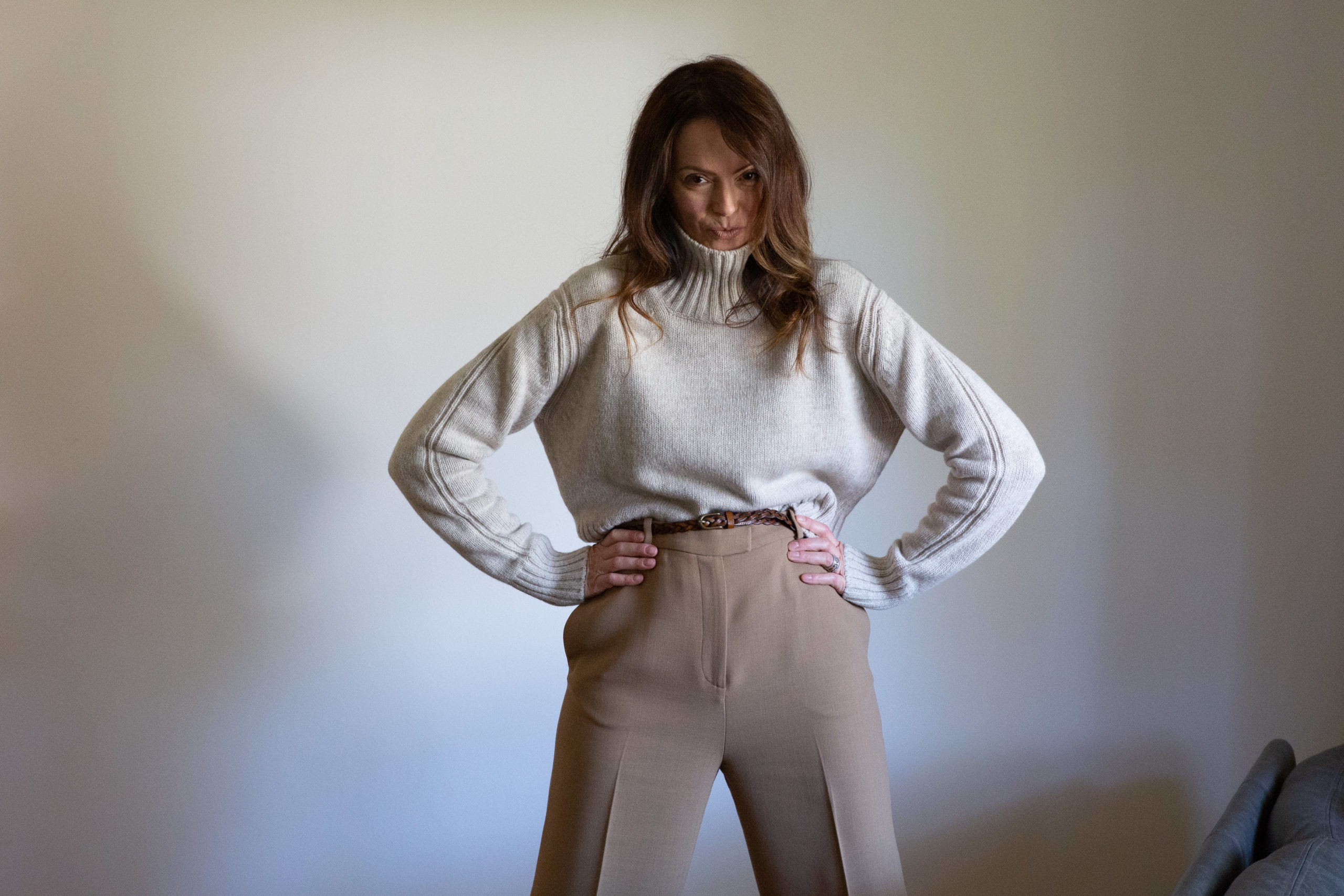
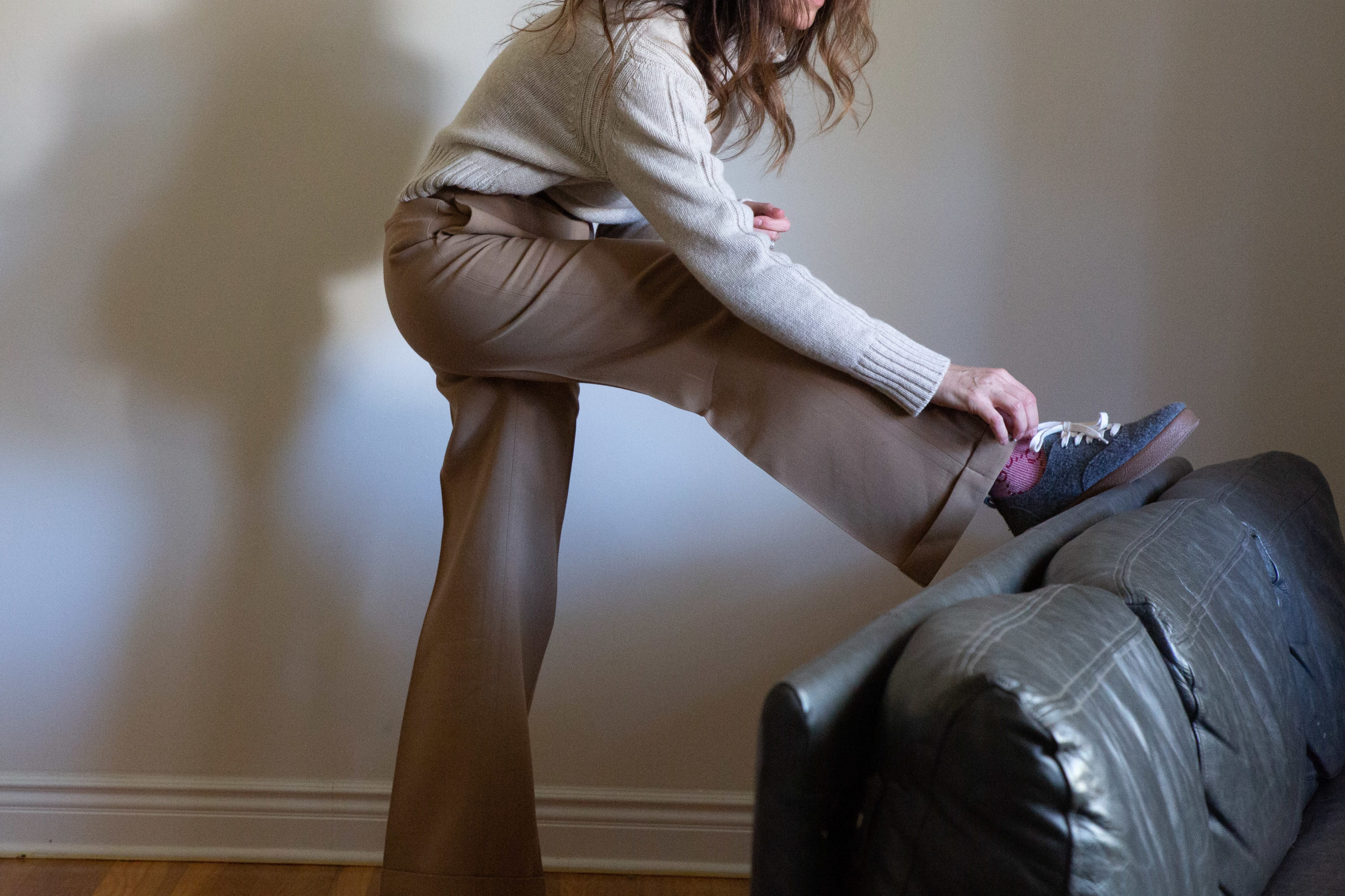
DEADSTOCK FABRIC BROUGHT BACK TO LIFE
Circularity can also translate to fashion by using the deadstock of other brands that would normally be incinerated or dumped in landfill. Christy Dawn is one brand that has made a name for itself by using only deadstock fabrics to make its 70’s inspired Boho dresses. Bringing a design to life without participating in the extractive and exploitative practices of the conventional textile industry has worked well for this brand but it aims to do much more.
Under the guidance of Fibershed and in collaboration with a farm in India, Christy Dawn has created a line of regenerative cotton dresses. By growing cotton on this regenerative farm it serves to sequester carbon, thus giving back to Earth. In addition to healing Mother Earth, the designer only uses organic natural dyes. In keeping with the timeless ethos, these dresses are heirloom pieces worth saving up for. In 2018 Forbes wrote – “One Christy Dawn dress is better than 10 $30 dresses” and I can see why. I am saving my pennies to add one of these regenerative cotton dresses to my small family of frocks. It will take a while but that’s OK slow is good. Besides, I need time to decide which one will work best in my closet.
Also saving deadstock from landfill or incineration is Oh Seven Days. The brand says “we make slow fashion from fast fashion’s leftovers” A concept which I adore along with the statement sleeves, peplum tops and unique yet versatile designs. Founder, Megan Mummery started her label after she moved to Turkey back in 2015. With razor accurate prescience and the desire to become part of the solution instead of the problem, Mummery noticed there was an over-supply of deadstock fabric going to waste. Turkey’s textile industry dates back to the Ottoman Empire and remains the fifth largest in the world today. All of which gives Oh Seven Days an abundance of high quality surplus textiles to choose from.
Along with saving textiles from landfill, Oh Seven Days prides itself on complete transparency and ethical employment of its tailors. There are four artisans who make the collections with the head tailor introduced on the brands website here. Transparency is another equally important, example of how a circular business model works in the fashion industry.
The circular business model in fashion can look slightly different between brands and the regenerative model is catching on quickly too. Regenerative farming is nothing new of course. Indeed regenerative fashion has been around for thousands of years in Indigenous cultures. There is a lot to unpack on this topic so I’ll do a follow up post to give this subject the attention to detail it deserves. For now I can direct you to the words of the wonderfully woke brand Patagonia that is currently working with 150 regenerative farms.
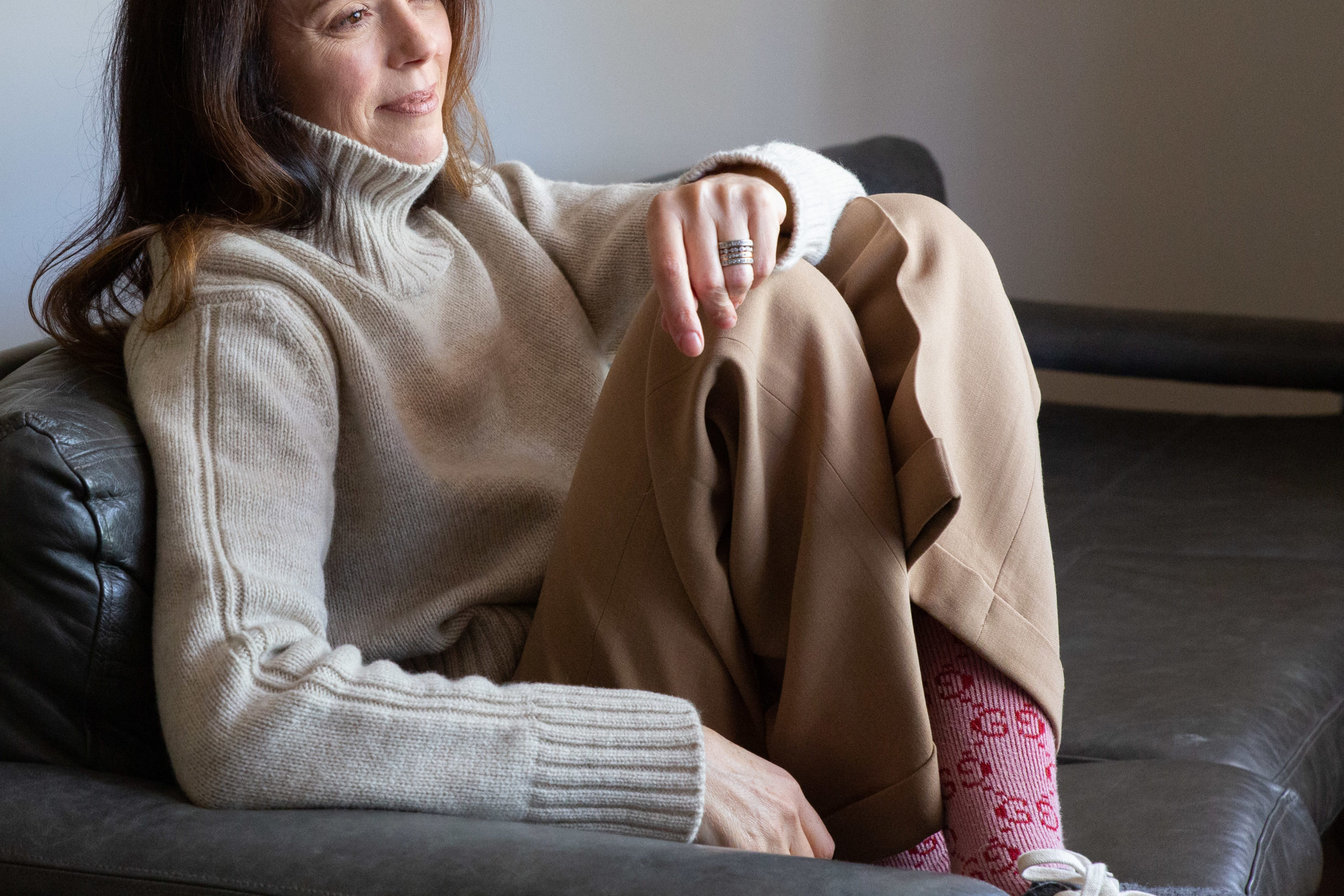
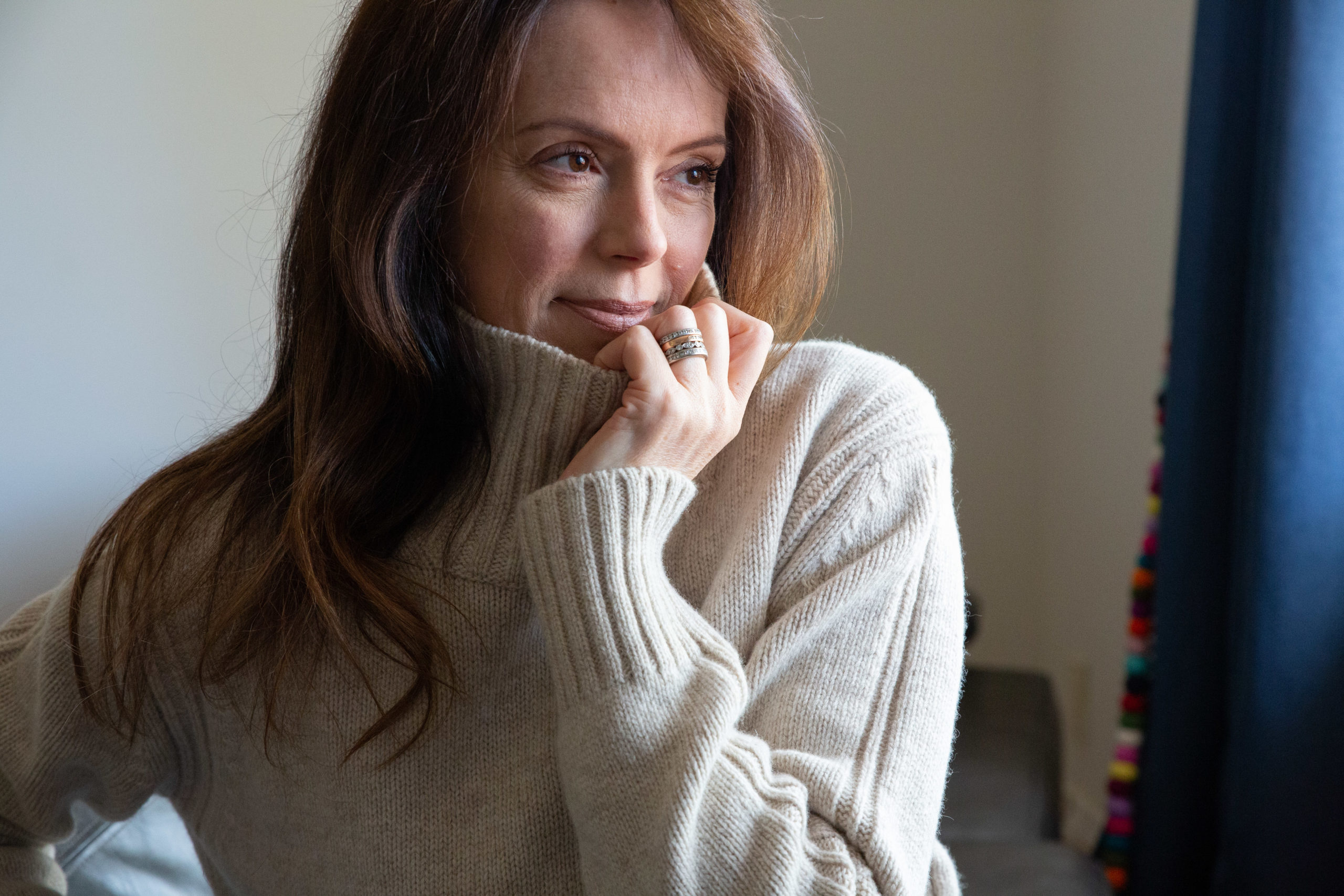
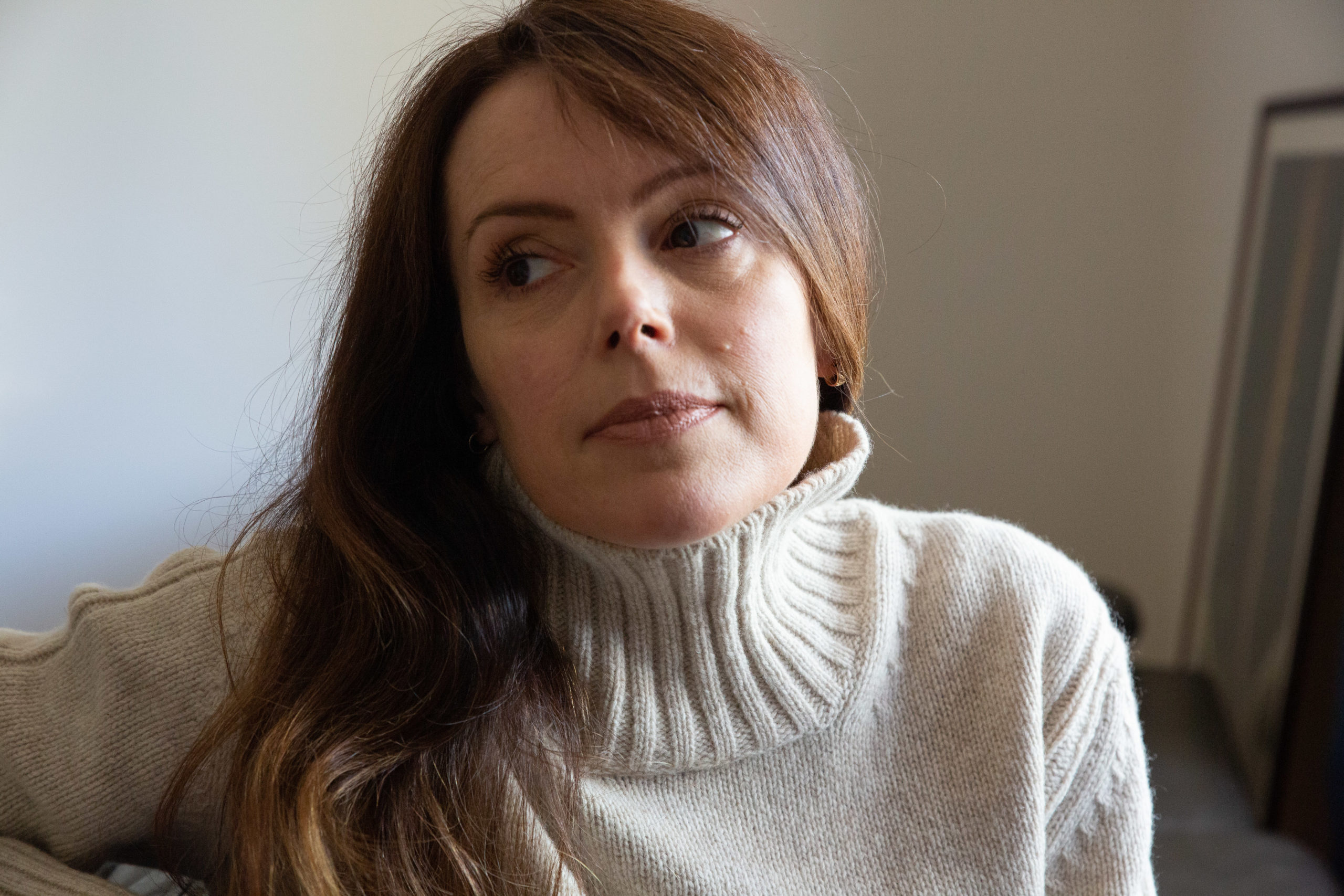
OUTFIT OF THE DAY OR FOREVER
My outfit today is classic, comfortable and suits my sartorial style. It makes up some, and the best parts of, a cohesive curation I’ve collected over decades. The trousers are secondhand Valentino wool pants I bought from The Real Real. The sweater is from &Daughter that I saved for a year to buy. The shoes are gifted from DNA Footwear made from recycled water bottles and my plaited skinny, leather belt is from a car boot sale in the U.K that cost about 50 cents. Lippy is from the fabulous cruelty free and zero waste brand Axiology.
Your style is not commensurate with your value. Wear your pieces, love them and own your look. It doesn’t matter who wore it before you, wear it in your own way.
Sources: Ellen MacArthur Foundation | Statista | McKinsey

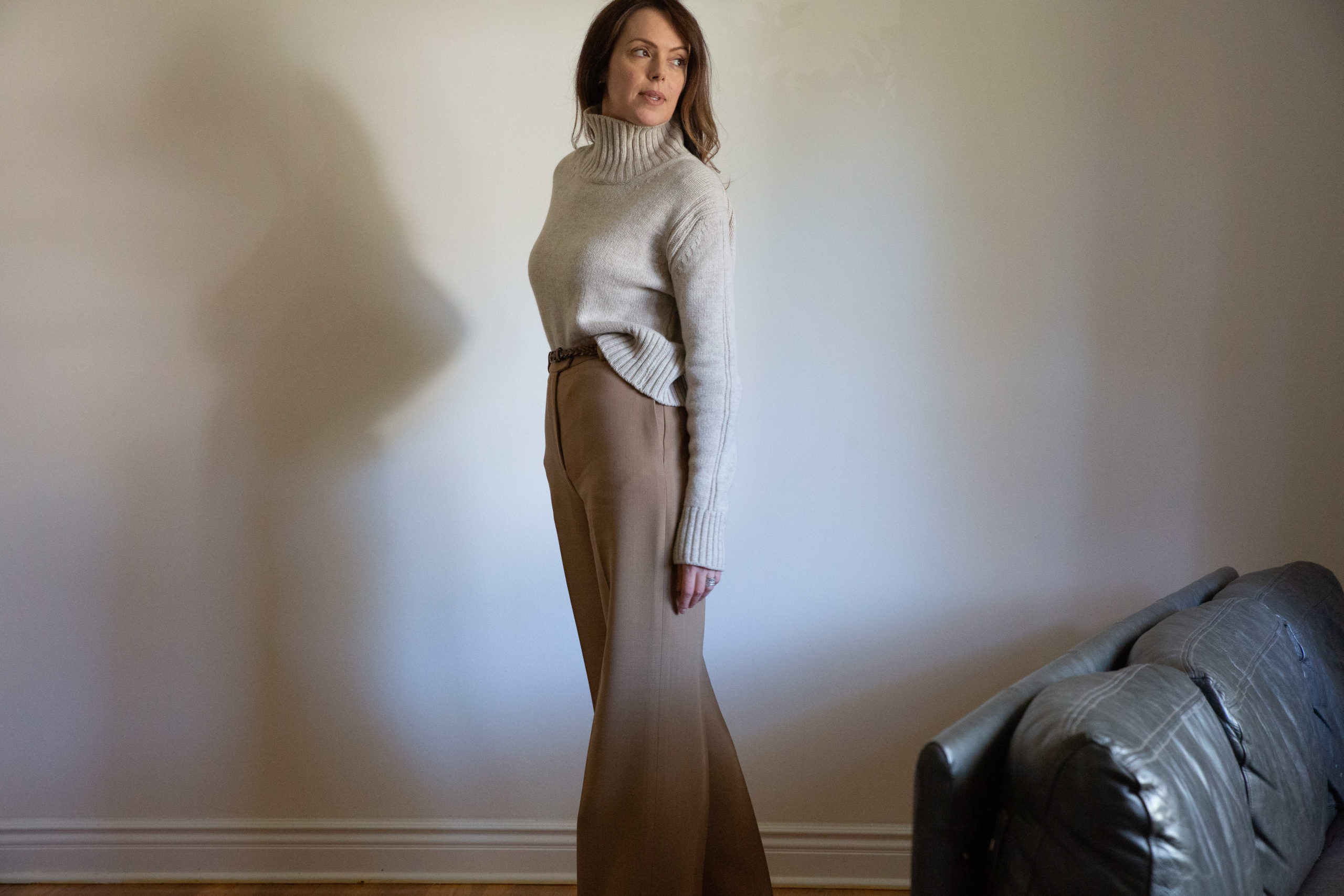


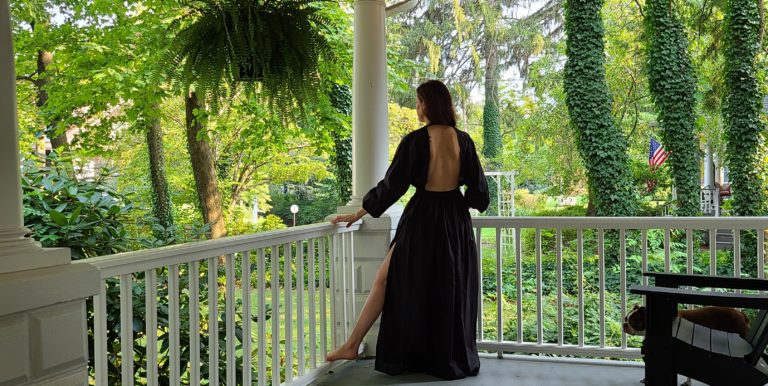
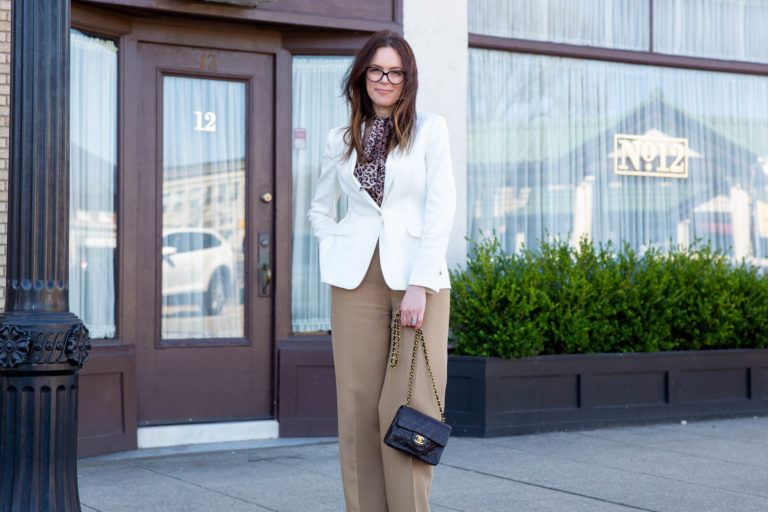
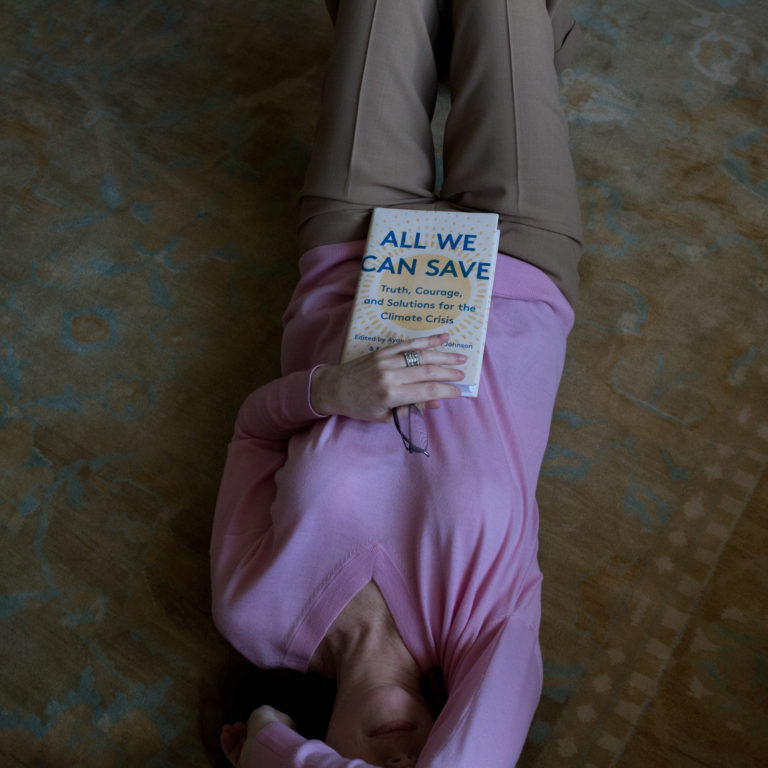
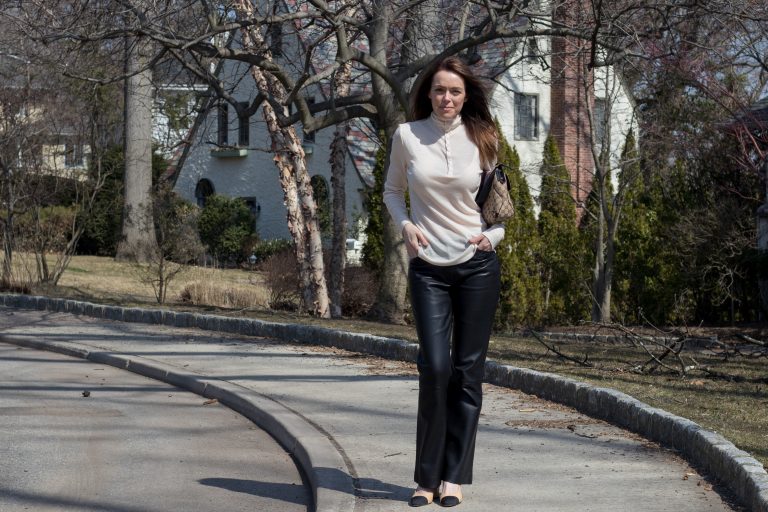
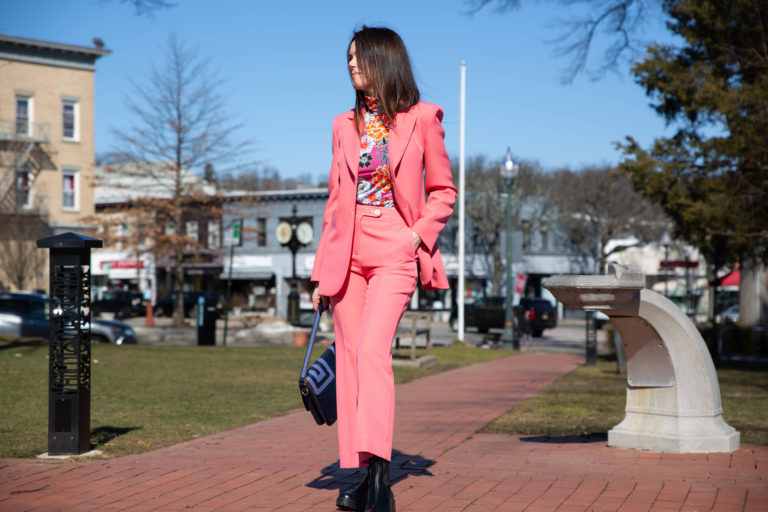
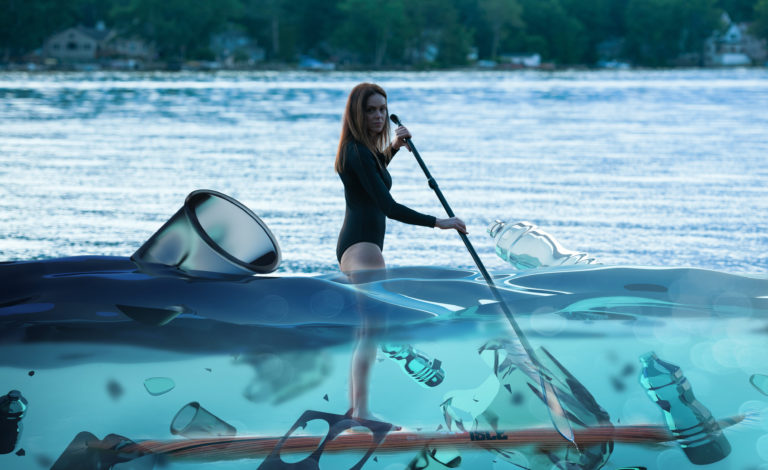

Comments ( 7 )
No Fear of Fashion
You look lovely in this outfit. The jumper you saved up for is beautiful. I was afraid that your brands would be US-based only, but they are not. Yay. Too bad I get itchy even looking at wool.
You are doing splendid work by showing all these good brands, spreading the word. And people who buy it, not only buy sustainable, they also get a unique piece.
Love you.
Greetje
MT
Thanks Greetje I appreciate you taking the time to leave a comment. It’s such a shame wool doesn’t agree with you, it’s a wonderful natural material of abundance that we can use with little to no consequence to the planet. I also love that it’s self-cleaning and has antimicrobial properties. The thin waxy coating of wool fibre contains fatty acids that inhibit the growth of mold, mildew and bacteria. It’s also wonderful for regulating with body temperature which is perfect for anyone experiencing hot flushes and the ideal multi-seasonal material for clothing. Are you allergic to wool or is it animal hair in general?
&Daughter has just created a beautiful wool shirt dress that I can see in my future 😉
No Fear of Fashion
Some wool I can handle but not many. I don’t know whether I am allergic. It just itches. Of course when you talk really good cashmere, I am game. That doesn’t itch, but the real thing is very expensive.
Mind you, it might be good for the planet, but the way they often treat the animals makes you weep. That is another aspect which is very, very hard to track.
Greetje
Lisa the Sequinist
I’m off to have a big browse of & Daughter right now. I adore the jumper you are wearing; I’ve been looking for something in that colour, and the style of this is really elegant… I adore the details. I have a Sheep Inc jumper and honestly it is softer than some cashmere pieces i own.
I genuinely believe that clothing made like this is the same as food made in this manner. You can taste the quality and the love that goes into in, unlike fast food.
Thank you for your amazing voice in sustainable and circular fashion; it is so needed. I can honestly say that you have changed my life with your perspective. xxx
MT
“You can taste the quality and the love that goes into it, unlike fast food”
That is the statement of the decade Lisa! You do have a way with words I envy my friend xx
Catherine, Not Dressed As Lamb
MT you are my guru of all things eco, my friend!! Your posts are always an education and so well researched. I didn’t know what a circular business model was (please excuse my ignorance) but it makes perfect sense, especially in fashion. Your outfit is as stylish af, the quality shows, and it sure shows up the awfulness (real word?) of fast fashion.
I don’t know if you know the British brand Elvis & Kresse (sorry if I’m repeating myself and have told you about them before)… they make luxury bags out of decommissioned fire hoses, and they’re stunning. https://www.elvisandkresse.com/ I have one of their shoulder bags, I’m sure you can imagine how sturdy they are (and of course waterproof, lol)! Worth checking out if you haven’t already, they also donate 50% of profits back to charities 😀
I applaud your dedication and this education you are providing me (and others) with, thank you!
C x
MT
Actually no I hadn’t heard of that brand so thank you Catherine! I’m always looking for innovative brands and this looks the business, off to investigate…xxx